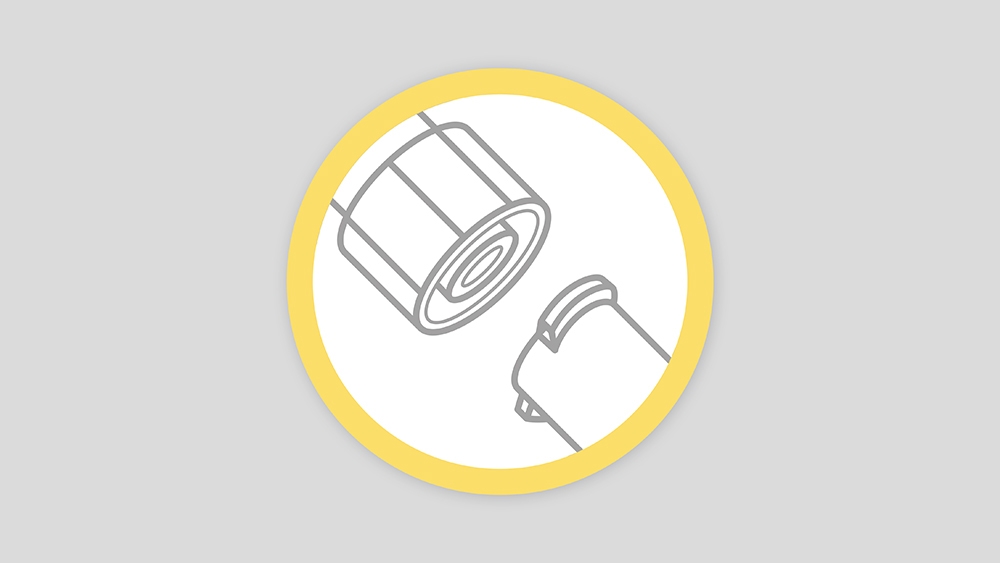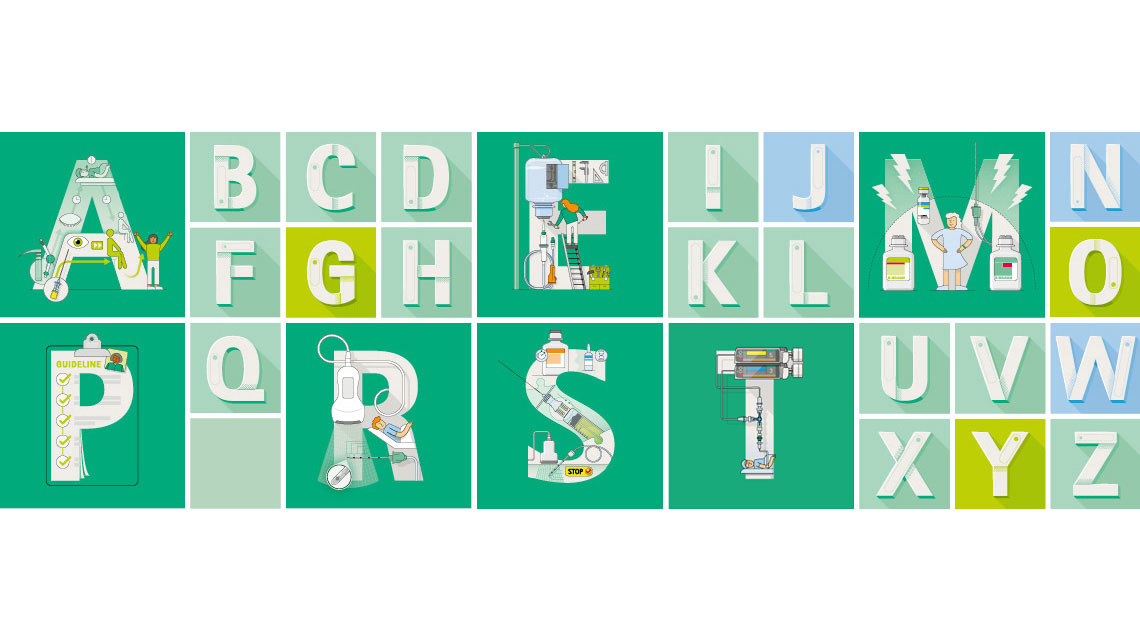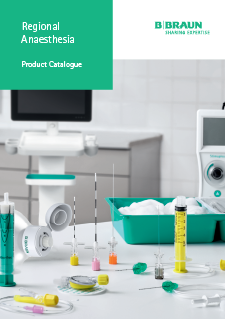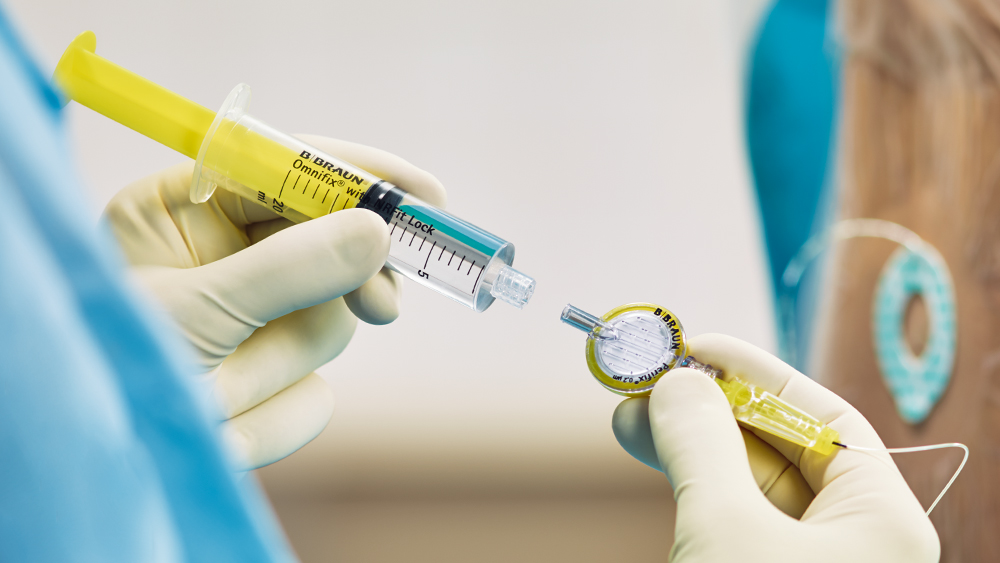You have successfully logged out.
Not registered yet?
Pain Therapy
We offer a multimodal pain management for regional and local methods
Multimodal pain management strategies are an essential part of the peri-operative care process. Increasingly, regional and local methods – such as neuraxial anesthesia (spinal/epidural), peripheral nerve blocks and wound infiltration – are replacing general anesthetic and analgesic approaches. And thereby reducing opioid consumption and associated side effects.
Medical Professional
This information is meant for medical professionals only. Please confirm that you are a medical professional before accessing the information.
Confirm Yes, I am a health care professional. Cancel No, I am not a health care professional.
Misconnection is a thing of the past
Approximately 14 percent of drug errors1 involve route of administration, with the Luer connector being a key causal factor. Research shows2 that patients with multiple access systems are at greater risk of misconnection. With NRFit®, you only put together what belongs together. For greater safety in regional anesthesia.
Connecting what belongs together NRFit

Empowering practitioners
Choose regional anaesthesia - choose
B. Braun
Setting standards together
Our network lets us learn from you as we evolve our portfolio. With your input we are transforming what anesthesia departments can accomplish – with techniques that improve safety for your patients and for you.
Reach the next level

Empowering practitioners
We empower professionals around the globe with knowledge and skills through continuing education. We offer training and support in adopting regional anesthesia techniques to drive the development of pain therapy.
Empowering youAnaesthesia from A-Z
Anaesthesia is a decisive factor in surgery and in intensive care. It prevents pain and enables a wide range of medical procedures. Great anaesthesia can help to save time - of patients and of medical staff. At B. Braun, our real job is helping you do yours.
Learn more on B. Braun’s Anaesthesia Portfolio
Our portfolio at a glance
Our services
Sharing expertise with health care professionals
Related documents
-
 1520.E0662.C Regional Anaesthesia Catalogue_Digital.pdfDownload
1520.E0662.C Regional Anaesthesia Catalogue_Digital.pdfDownload
pdf, 12.3 MB -
 1332.E1307 EZCOVER Probe cover set brochure_digital.pdfDownload
1332.E1307 EZCOVER Probe cover set brochure_digital.pdfDownload
pdf, 703.6 KB -
 1519.E1256.A Spinal NX Brochure_Digital.pdfDownload
1519.E1256.A Spinal NX Brochure_Digital.pdfDownload
pdf, 2.6 MB -
 Thoracic Block PosterDownload
Thoracic Block PosterDownload
pdf, 957.5 KB -
 NYSORA Poster - Lower Extremity NerveblocksDownload
NYSORA Poster - Lower Extremity NerveblocksDownload
pdf, 1.0 MB -
 NYSORA Poster - Upper Extremity NerveblocksDownload
NYSORA Poster - Upper Extremity NerveblocksDownload
pdf, 1.8 MB -
 728.E0728 NRFit Brochure Rev A_digital.pdfDownload
728.E0728 NRFit Brochure Rev A_digital.pdfDownload
pdf, 5.4 MB
[1] ] Hospital Healthcare Europe, 2020, Round Table Report ‘We cannot stop the train’, BD, accessed 14 December 2023, <https://emea.bd.com/iv-news/
[2] Townley KR, Lane J, Packer R, Gupta RK. Unintentional Infusion of Phenylephrine into the Epidural Space. A A Case Rep. 2016 Mar 1;6(5):124-6. doi: 10.1213/XAA.0000000000000239. PMID: 26513673.
Pain Therapy
We will answer your question or feedback as soon as posible.

.jpg)

